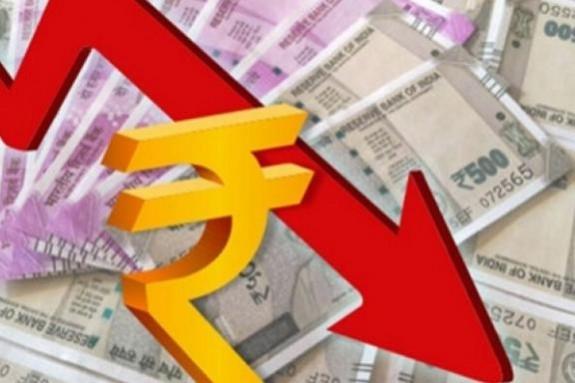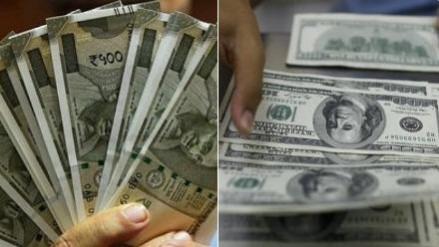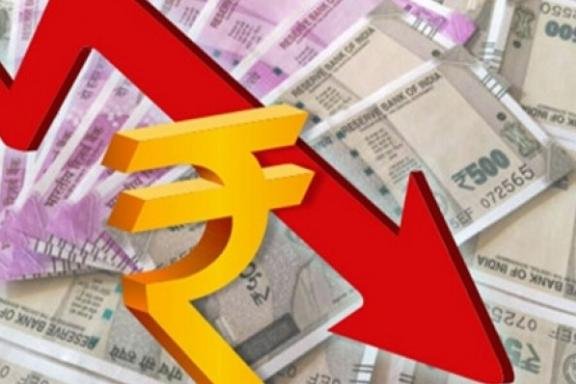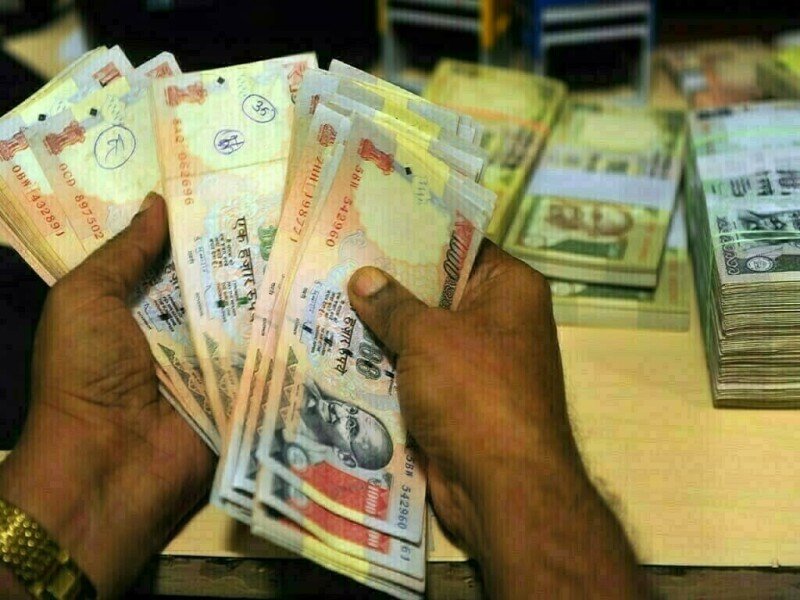
The Indian rupee is set for a week of uncertainty as developments in U.S. trade policy take center stage. Steep tariffs on Indian goods are expected to be implemented on Wednesday. Additionally, government bonds will closely monitor any fiscal updates.
Relations between the U.S. and India have soured, with U.S. officials openly criticizing India’s continued purchases of discounted Russian oil. The U.S. has already imposed a 25% duty on Indian imports, higher than other major trading partners. President Trump has threatened an additional 25% levy in response to India’s oil purchases.
The rupee is anticipated to receive initial support from a decrease in the dollar index following Federal Reserve Chair Jerome Powell’s indication of a potential rate cut in September. Powell’s remarks at Jackson Hole highlighted concerns about employment vulnerabilities and eased inflation fears.
However, market experts caution that the focus will quickly shift to U.S. tariff developments, overriding the initial support from Powell’s comments. Traders will be closely monitoring these developments to assess the impact on the rupee’s performance.

In the bond market, India’s benchmark 10-year bond yield saw a notable increase last week, settling at 6.5510%, the most significant move in over three years. Analysts predict the yield will fluctuate between 6.50% and 6.59% this week. Attention will also be on New Delhi’s fiscal stance and the upcoming first-quarter growth data at the end of the week.
Sentiment in the bond market weakened amid concerns of fiscal slippage following Prime Minister Narendra Modi’s announcement of sweeping goods and services tax reforms. India plans to lower the tax rates by October and transition to a two-rate structure of 5% and 18%, eliminating the current 12% and 28% rates.
Although the government has not quantified the revenue loss from these changes, experts like Suyash Choudhary from Bandhan Mutual Fund believe that a responsible fiscal approach has been maintained over time, even during challenging periods like the pandemic.
Moving forward, key economic events this week include industrial output data, fiscal deficit figures, and GDP growth data releases in both India and the U.S. These reports will provide further insight into the economic landscape and shape market expectations.
Overall, the Indian rupee’s path this week is set to be volatile, driven by trade policy developments and fiscal updates, with traders and investors keeping a keen eye on these key factors.





